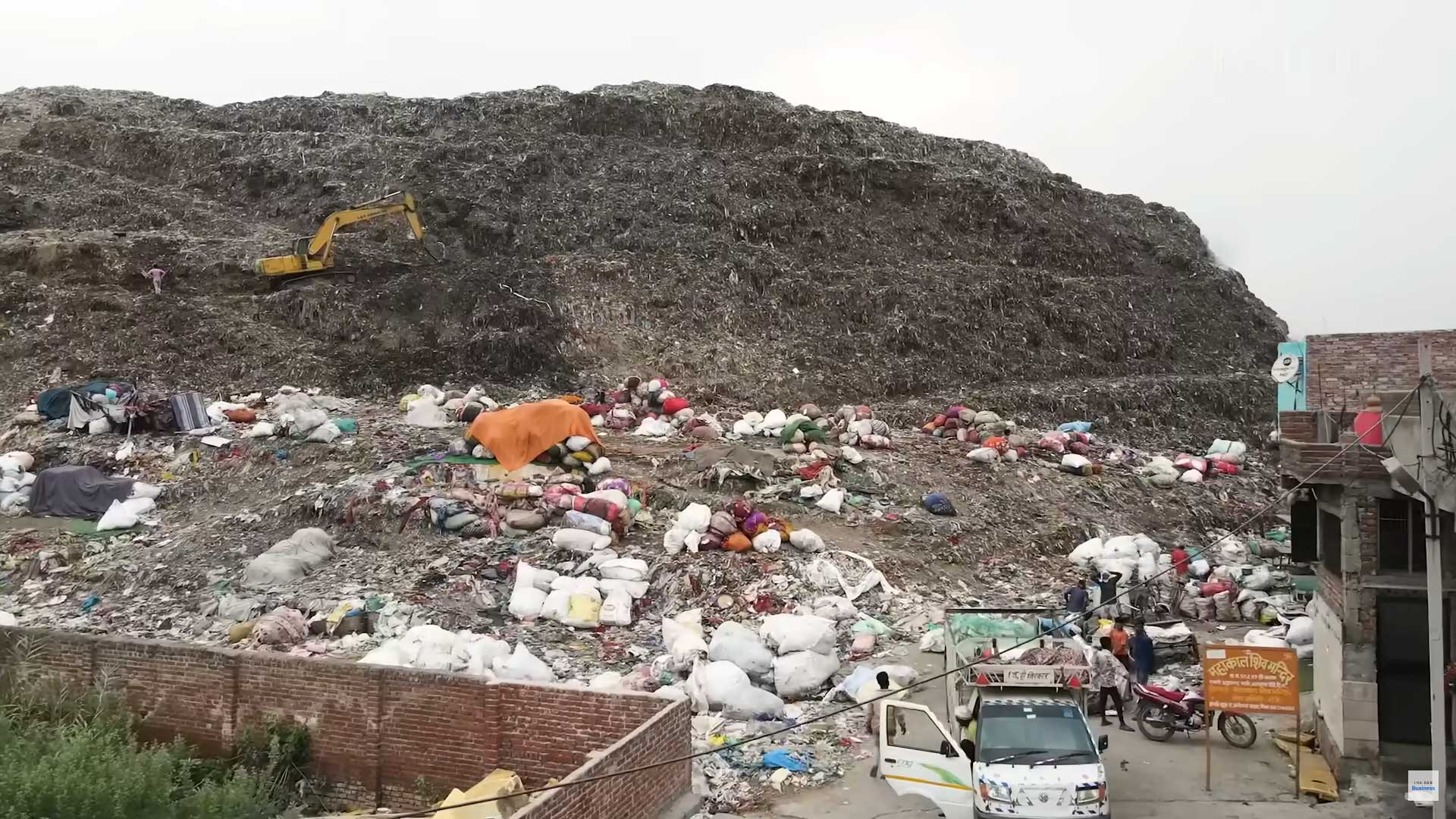It was the beginning of January, this year, and we were on a field trip that was being conducted by our professor, where we were supposed to visit the three landfill sites of Delhi. Even though my project report was more concerned with the problems of healthcare in the communities right next to these waste sites, it was then I realized that my home city of Delhi has a dilemma of landfills. It is hard to comprehend the sort of hardships the people in these communities face, living near literal mountains of garbage for years on end, even decades. They suffer from many long-term illnesses, several of which have no permanent cure.
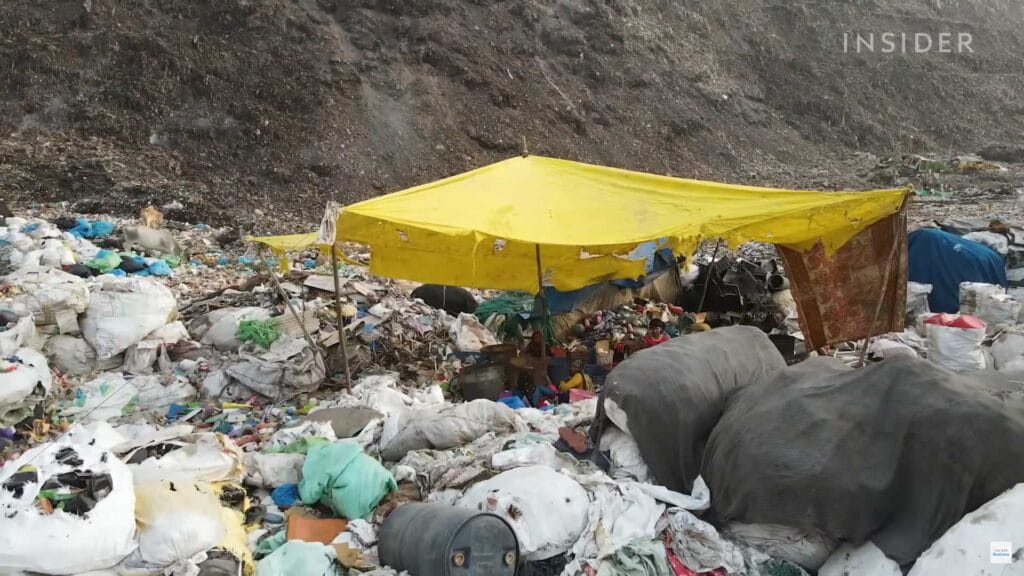
The conversations with the residents gave me quite deep insights into their lives and made me think of the ways that we can help them. The heart of the problem though, common to all three field sites, came down to those huge landfills. The oldest landfill in Delhi is the one in Ghazipur. It was commissioned in 1984 and has been increasing in size ever since. At one point, it is said that it got taller than the Qutub Minar as well before they started bio-mining to deal with the waste. I find this landfill to be in a very peculiar location. For starters, it is right next to the Ghazipur Eggs and Chicken Mandi. The Ghazipur dairy is in front of it as well.
The fodder for the cows and buffaloes comes from the farms outside Delhi. The feed often gets contaminated by plastics and various other pollutants coming from landfill. If they are ingesting these things, that means that there is a chance that the milk that they are producing, which is ultimately sold on a house-to-house basis in areas like Laxmi Nagar, is also getting contaminated with the pollutants. The mountain of garbage is a health hazard in other ways as well. The people who work there live in the jhuggis right next to the dairy and also belong to the minority communities.
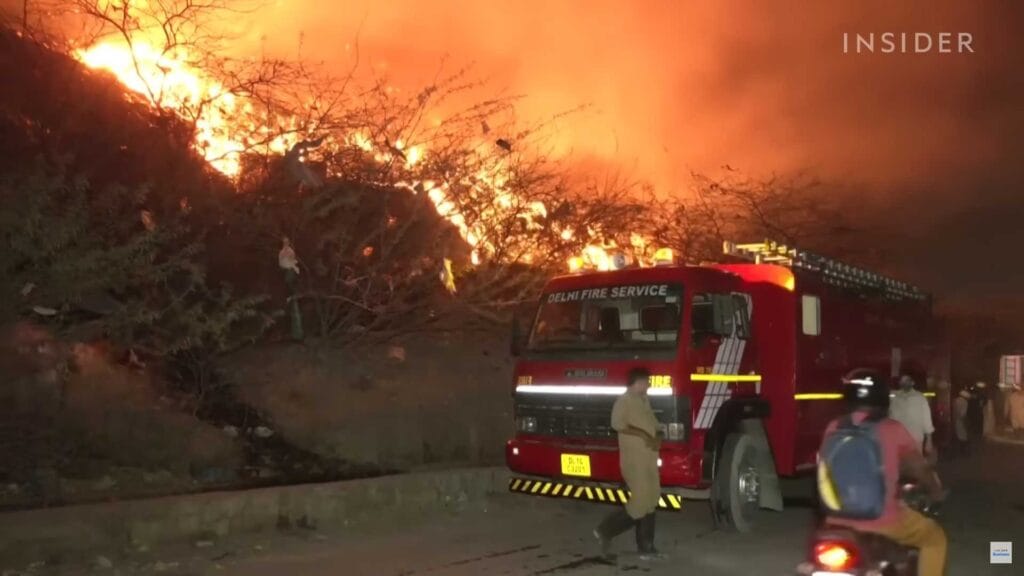
They suffer from various diseases like constant cough which sometimes gets converted to tuberculosis as it does not get cured in such a polluted environment. The people face many challenges but they feel like nobody can solve their problems. According to the locals, a few years ago, this landfill exploded because of the gas being trapped and collected underneath all the layers of trash. There was so much force and material in it that two people were killed across the drain beside the landfill. A whole section was gone. It also caught fire multiple times last year.
The Bhalswa landfill site was equally eye-opening to visit. The migrant communities (mostly from West Bengal and other neighbouring states) live in very unhygienic situations, trying to run small shops or working at other people’s homes so they can earn some money to take care of their families. Pollution is a major problem that they face, especially in the summer months when the conditions are very dry and the landfill catches fire. The smoke and the overwhelming smell are common complaints of all the people. They also have to deal with water contamination. The water that they receive through the tankers is not fit for drinking and the community taps installed by the government are non-functional.
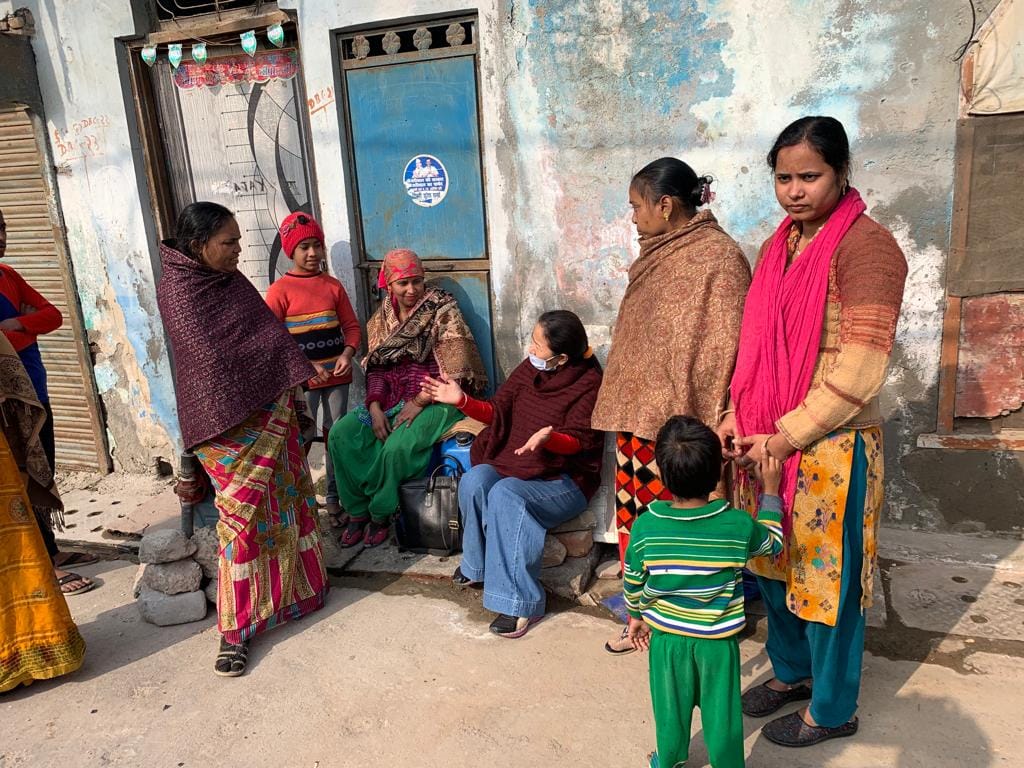
They have to buy drinking water which is supposedly Bisleri water but they often suffer from jaundice, diarrhea, etc. along with water and food contamination-related problems, a simple cough can turn into TB here because of the polluted environment and at least 35-40% of the people here suffer from eczema. Common health problems can get treated by the ASHA worker or at the local doctor at the Mohalla clinic but most people prefer the private doctors in the vicinity because of their regular availability. Anything more serious than this gets referred to the nearest government hospital which is quite a distance away.
The third landfill site at Okhla was actually visited by my class twice, once in November to the TWEP plant adjacent to it and again in January to visit the neighbouring community. The people here face many of the same challenges as the other two. The health problems and social problems are similar as well. The main difference is mainly made by the waste-to-electricity (TWEP) plant. It burns the waste from the landfill and burns it in a chamber at temperatures of more than 1000oC to produce heat energy. The gases then escape into the atmosphere after some treatment.
The plant also has a water treatment plant. It is a way of dealing with the garbage but there are legitimate questions about this. For one, the pollution caused by this is a concern. Are we simply converting one form of environmental pollution into another? And is there not a risk of cross-contamination of treated water and chemicals and gases produced from the waste materials? The locals who live in the community complain about the increase in activity at night time so that no one can detect it, but the soot from the plant comes their way and settles on their homes. This is one of the reasons why Asthma is very prevalent in this area.
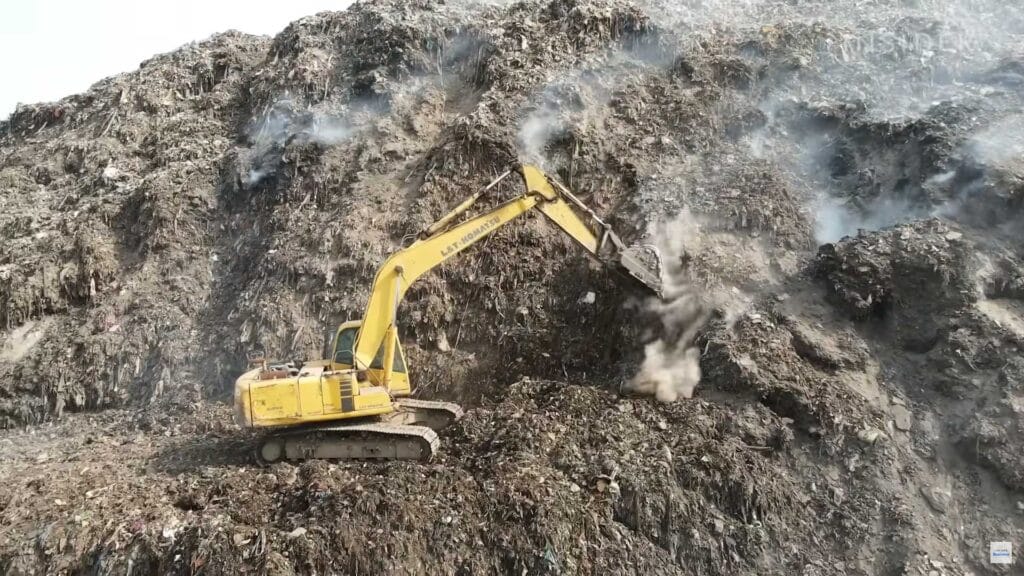
These three sites in Delhi have caused havoc on local communities. The people who live here belong to the lower economic strata of society and most are dependent on monthly rations for their food requirements. Even then it is not enough. The landfills are amalgamations of valuable resources like iron, steel, some plastics, glass, and even money in some cases. The locals try to use them in a more productive manner and earn a living as well. The waste is getting recycled along the way as well. There are many ways of dealing with the garbage mountains other than incineration, having a lesser carbon footprint on the environment. Many different materials can be created which can help with our net-zero goals and building a sustainable future.
Elections are fought on landfills in this city and in many places across the country, but it seems that much action is not taken. The sufferings of the local communities are brushed aside. Recently, it was announced by the Delhi government that the Okhla landfill site would be cleared and flattened by December 2023. They announced a similar goal by the end of 2024 for the other two landfill sites. It is imperative that they follow through on their promises as real lives are at stake here. It has become a systemic issue over the last two decades that requires solutions through a combination of strong political will and harnessing innovative technologies that support a circular and sustainable economy. The question is would our political leaders deliver?


